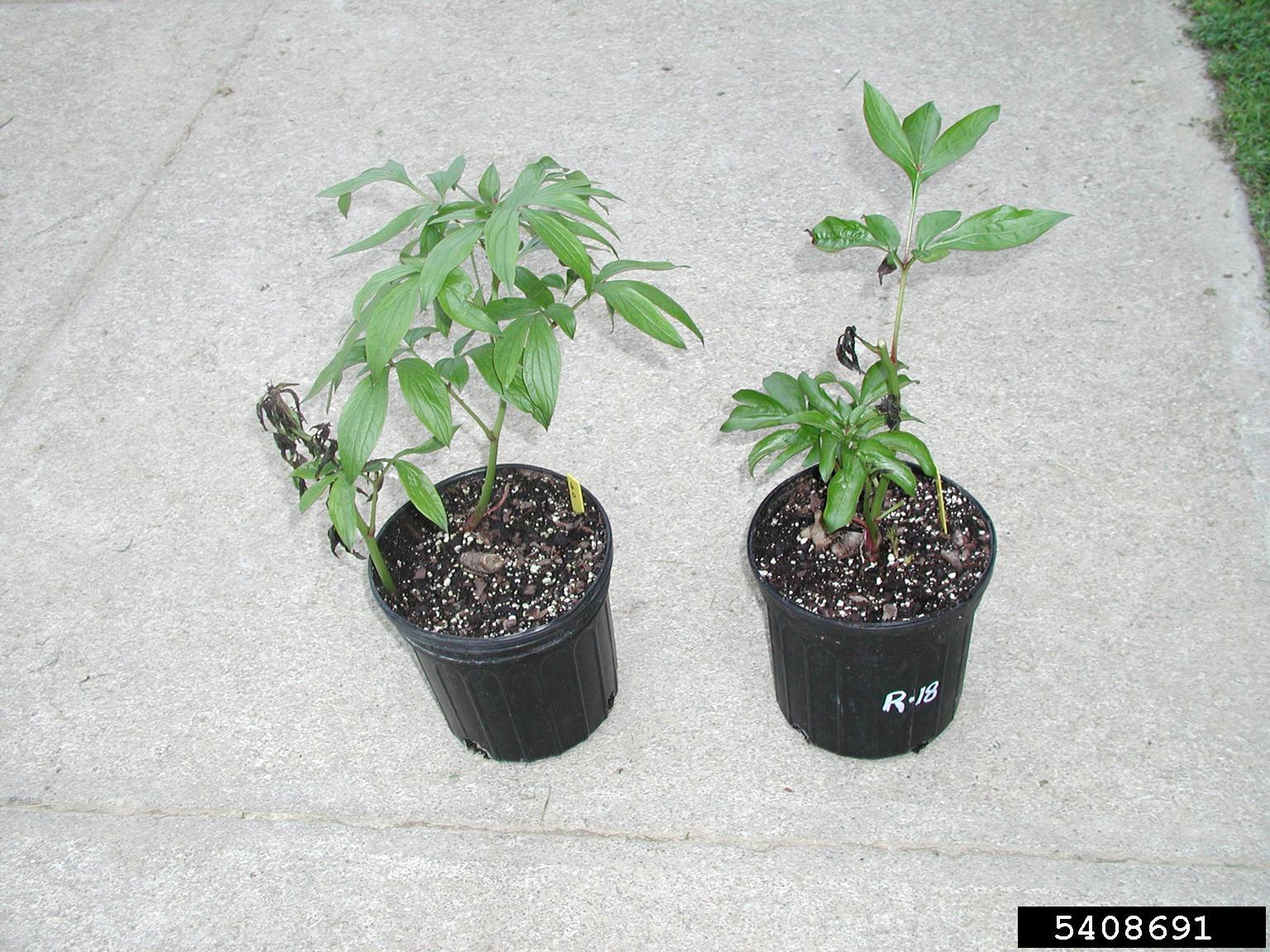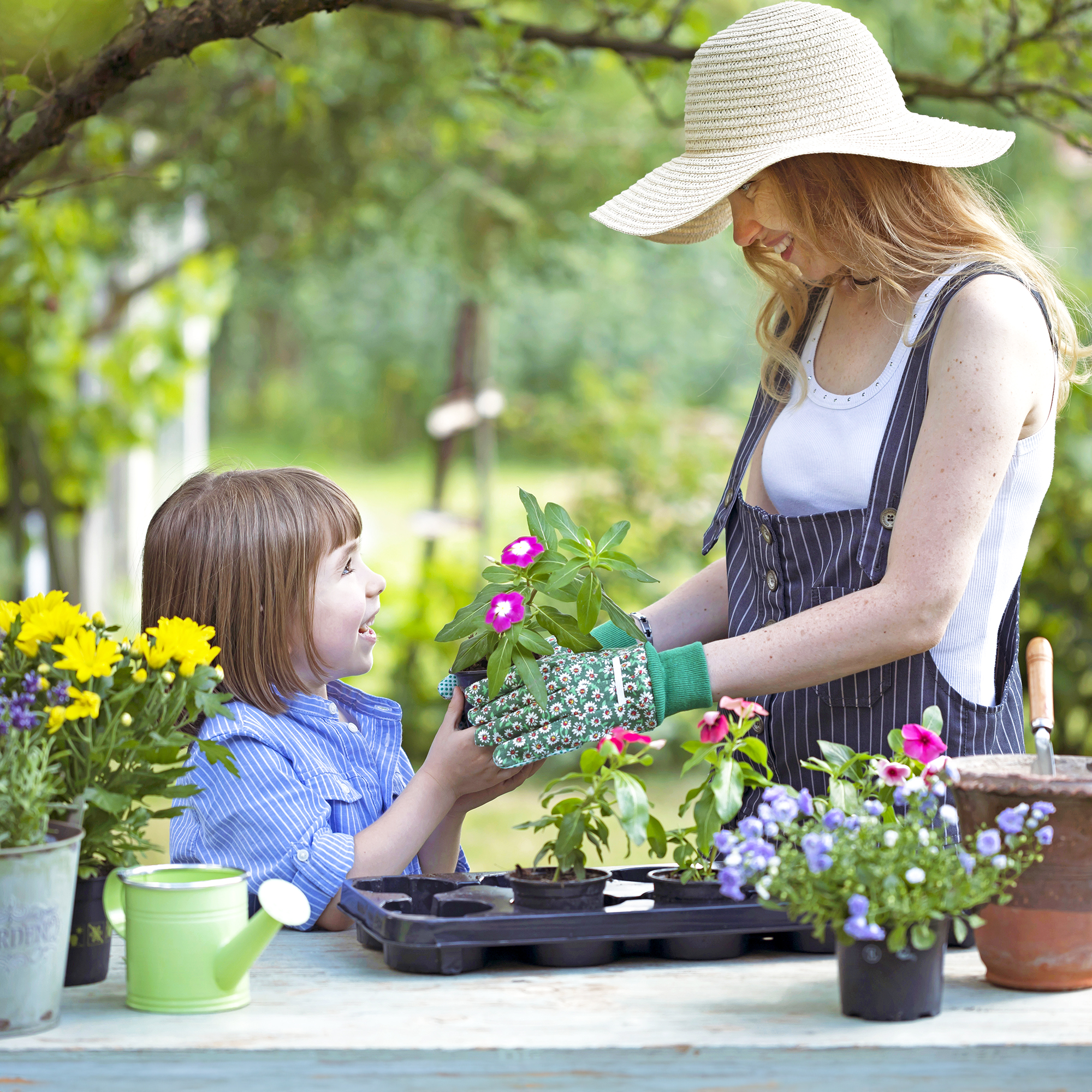Peony Botrytis Control – How To Manage Botrytis On Peony Plants


Peonies are a long time favorite, cherished for their large, fragrant blooms which can reward their growers with decades of beauty. For many first-time growers, this popular plant can present some challenges, including common peony diseases such as botrytis blight. Peony botrytis blight is especially frustrating, as it can lead to the loss of flower blooms. Let's take a look at what botrytis blight is, as well as how to prevent and treat this issue in peonies.
What is Botrytis Blight on Peony?
Also known as gray mold, botrytis blight is caused by a fungus which, while unsightly and concerning, is not deadly. In peony plants, either Botrytis cinerea or Botrytis paeoniae fungus is the culprit. Peony botrytis blight is most common when the spring weather is especially cool and rainy. These conditions make it ideal for dormant soil fungus to develop.
Botrytis on peony plants can impact the stems, leaves, and flower buds. Among the first signs and symptoms found is the presence of gray mold (hence its common name). Peony botrytis blight is commonly responsible for the loss of flower blooms. When infected, peony buds will form but turn brown and die before they are able to open.
It is for this reason that botrytis on peony plants can be especially disappointing for cut-flower gardeners.
Peony Botrytis Control
When it comes to peony botrytis treatment, routine observation will be key. It will be imperative that parts of plants which demonstrate symptoms of blight are removed and destroyed.
Maintaining best irrigation practices will also help in peony botrytis control. Peony plants should never be watered from above, as this can cause fungal spores to splash onto the plants and spread.
Each growing season peony plants should be properly cut back. After doing so, all debris should be removed from the garden. This will help diminish the overwintering potential of the fungus. Though it is uncommon for plants to become infected with blight every season, the fungus can build up in the soil.
Gardening tips, videos, info and more delivered right to your inbox!
Sign up for the Gardening Know How newsletter today and receive a free copy of our e-book "How to Grow Delicious Tomatoes".
If recurring instances of this disease are an issue, growers may need to apply a plant fungicide. This is usually done several times throughout the spring as the plants grow. Gardeners who choose to implement this method should always follow manufacturer’s labels carefully for safe application.

Tonya Barnett has been gardening for 13 years. Flowers are her passion. She has transformed her backyard into a cut flower garden, which she regularly chronicles on her YouTube channel http://www.youtube.com/@tonyawiththeflowers.
-
 7 New & Improved Cultivars Of Old-Fashioned Plants – These Aren’t Your Grandma’s Plants!
7 New & Improved Cultivars Of Old-Fashioned Plants – These Aren’t Your Grandma’s Plants!Old is new again! These old-fashioned plants have new cultivars that are sure to thrive in your garden and bring the charm factor. Neighbors will be envious!
By Mary Ellen Ellis
-
 12 Mother’s Day Garden Gifts That Celebrate Moms Who Love To Grow
12 Mother’s Day Garden Gifts That Celebrate Moms Who Love To GrowAll Moms deserve to feel special on Mother’s Day, so treat her to a thoughtful gardening gift that helps her get the most out of her hobby.
By Melanie Griffiths